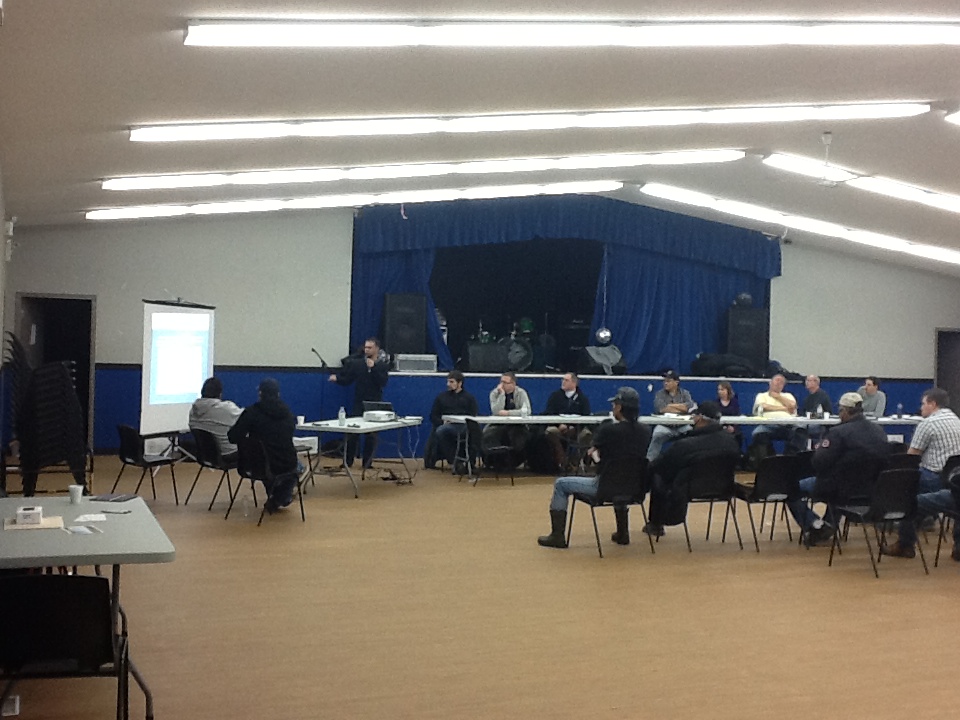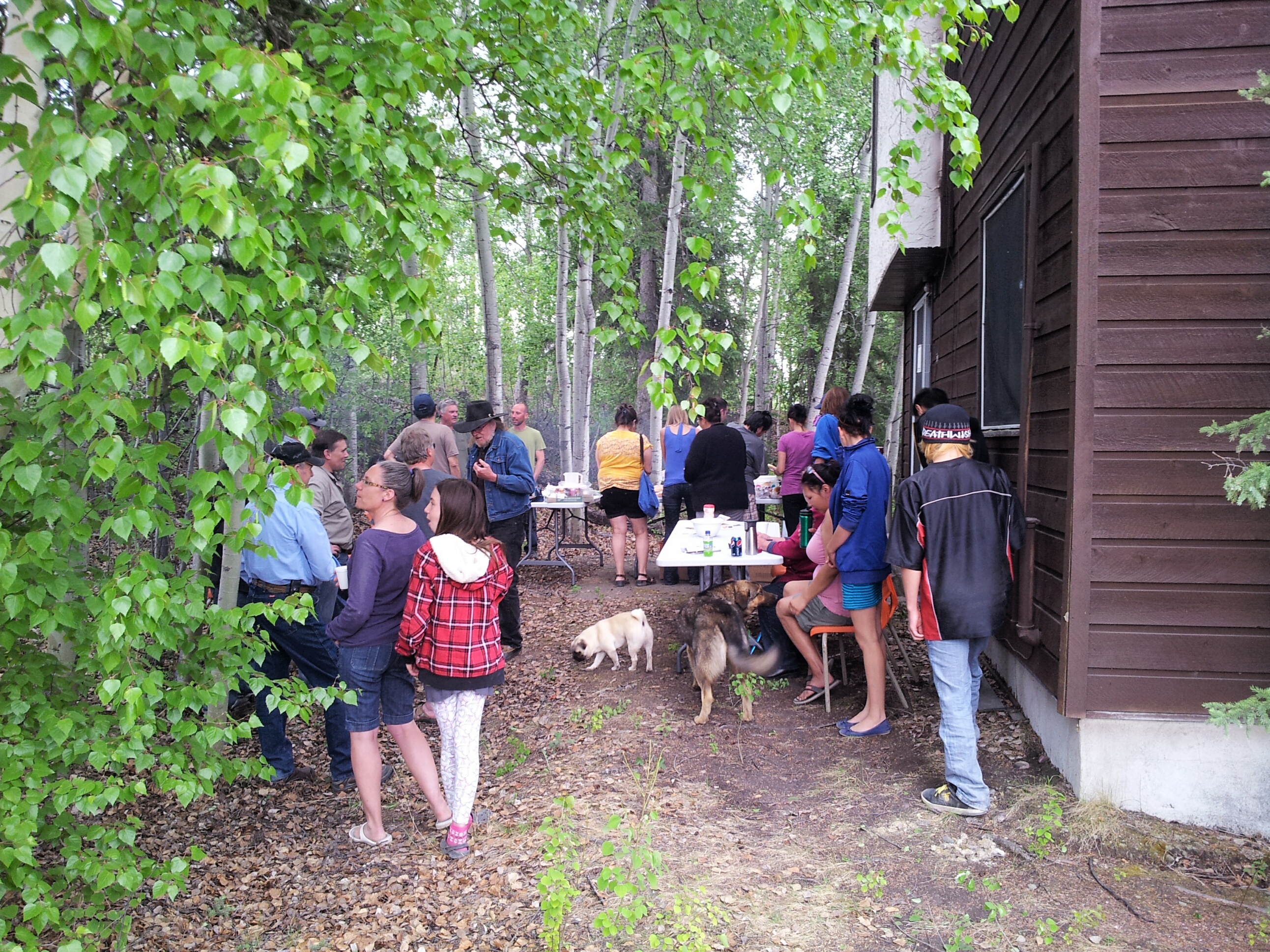This post was written by former SRC employee, Mark Calette.
For many companies operating in the mining and energy sectors, community engagement is something they have to do or may want to do. The question is, are you willing to do what it takes to make community engagement more meaningful and valuable for you and your stakeholders? It’s a big question to answer.
I’ve spent a significant portion of my career working with communities. Translating community needs into project goals. I know that getting community support and buy in – or not getting it – can strongly influence a project’s progress.

Project CLEANS: Working Case Study on Community Engagement
For the last few years, I’ve been part of a remediation project managed by SRC called Project CLEANS (Cleanup of Abandoned Northern Sites). Thirty-seven abandoned uranium mine sites, scattered across Saskatchewan’s remote northern landscape (near Lake Athabasca), are included in the project. Community engagement is a huge part of this project, as we’re dealing with land that people once hunted and lived on. Their input and involvement is invaluable in determining how we plan our remediation activities.
We’ve met with the affected communities over 90 times since 2007. The area around Lake Athabasca is an isolated part of the province accessible only by air, boat or ice road. Not only is it difficult to get equipment and supplies up there, but we’re far from the communities we need to engage with. So we make a point to have a physical presence there as much as possible.
As part of the community engagement process, my team and I continually seek feedback and advice on what interests the communities; what concerns them. But what do they want from the process? Trust. Building trust is very easy to say, but very hard to do. It takes a lot of time and effort. But gaining their trust means we have the social license needed to work in the region. So not only is it important for us to gain their trust, we work hard to maintain it.
Our community engagement activities focus on achieving the highest engagement level. We’ve held formal presentations, attended First Nation band meetings and gatherings, held informal kick-off events (community BBQ) and organized site tours. Taking people to the sites allows them to see our progress and the challenges we face. There’s nothing like standing on the ground and seeing it with your own eyes.

Barriers to Community Engagement
If you’ve been part of community engagement activities, you’ve likely experienced these barriers:
- Lack of interest or no time to meet
- Project might be a low priority for a community facing other urgent matters
- Lack of funding for participation
- Not happy with project results
- Not being heard or receiving enough information
It doesn’t matter if the barriers are considered legitimate or not by your company. It’s how the community perceives the situation and it’s your responsibility to work towards a solution. But how do you do that?
The Four Pillars of Community Engagement
1. Capacity
If a company has just one person tasked with community engagement and no team or tools supporting them, they probably won’t get too far in terms of building trust and gaining social license. A company needs to have the internal capacity to accomplish the work – both human and monetary.
Communities will have expectations about how you work in their backyard. You’ll meet that head on and without the capacity to manage it, your ability to build trust and engage will be negatively impacted.
2. Patience and Determination
Your phone calls aren’t returned. Your emails are ignored. When it seems as though your engagement efforts have stalled, you need patience and determination to keep going. Communities suffer from engagement fatigue too. Consider yourself one of many people trying to engage them. Sometimes they don’t have the capacity to deal with company requests.
You’ll realize all the effort is worth it when you get that one call or email that creates a really good connection.
3. Employee Engagement
If employees feel like they’re making a difference in the community and can take ownership over their contribution, that’s a powerful force. With Project CLEANS, many of our Saskatoon employees travel north during the work season and spend a lot of time in the communities, creating their own connections. This can instil a personal desire to make the communities safe.
4. Motivation Behind Consultation
There’s nothing more offensive to a community than companies flying in to get a rubber stamp of approval. They don’t spend time listening to the community’s needs. If you just want to check a box, your motivation for community engagement is weak. Don’t be surprised if you’re ignored.
Community Engagement: It’s worth the effort
You can find success and joy in community engagement if you incorporate those four pillars into your engagement planning. Every engagement effort has its challenges, but if you take the time to listen and understand a community's aspirations, you'll be able to overcome those challenges a lot quicker.
Related Reading: My Other Office Blog Series about working in northern Saskatchewan on Project CLEANS.
